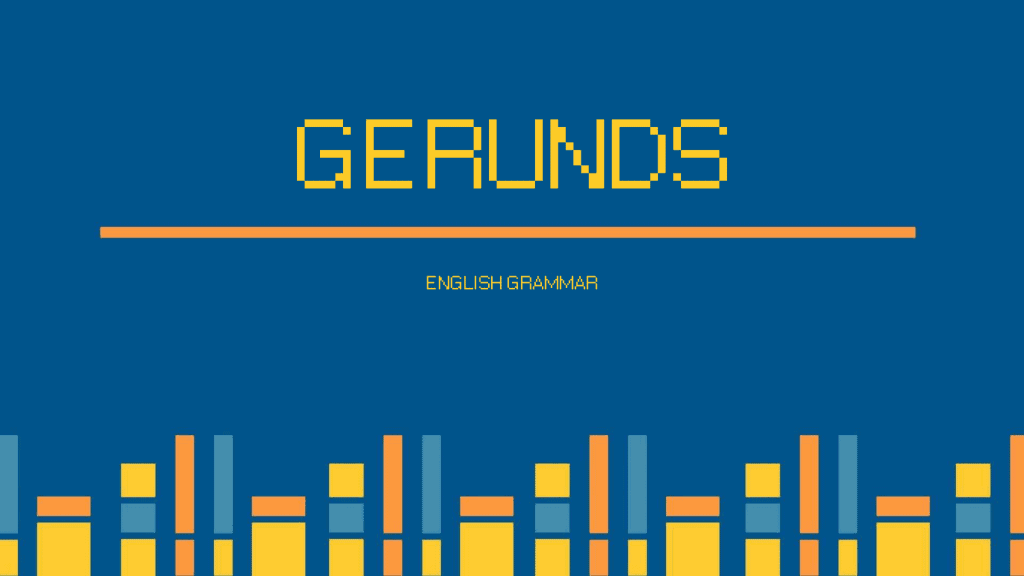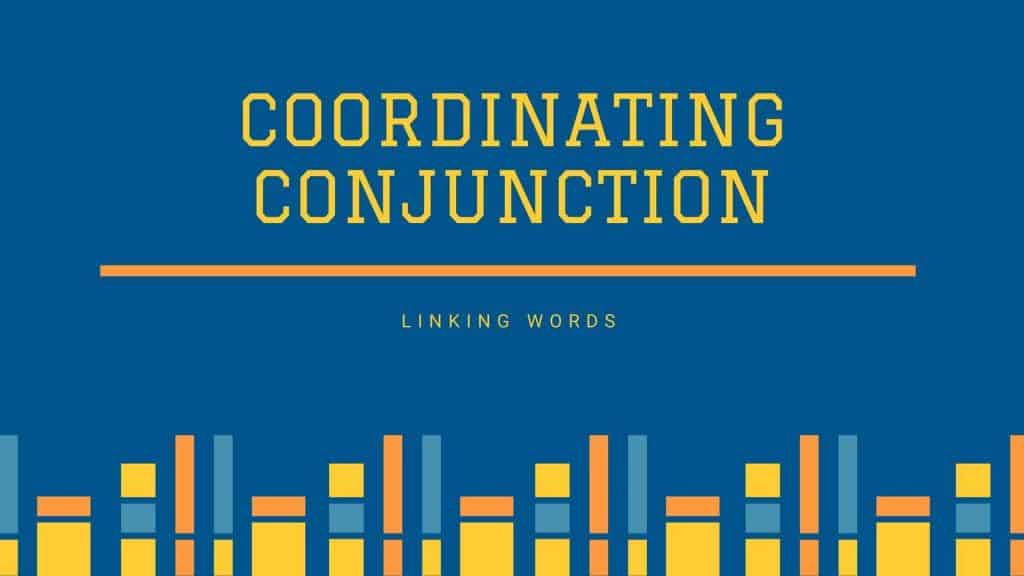Punctuation Marks and Rules
When we speak, we can modulate our voice to suit the topic of our speech or to show our feelings; we can give long pause or small pause according to the situation demands. Our facial expressions also help us to communicate effectively. But while writing, our countenance or our voice will not help. Punctuation Marks help us in this respect.
There are 14 types of punctuation marks that are commonly used in English grammar. They are:
1. Periods (.)
2. Question Marks (?)
3. Exclamation Mark (!)
4. Commas (,)
5. Semicolons (;)
6. Colons (:)
7. Apostrophes (‘)
8. Quotation Marks (“)
9. Parentheses ( )
10. Slashes (/)
11. Hyphens (-)
12. Dash, Em dash, En dash (_)
13. Brackets and Braces
14. Ellipses
Placing correct punctuation marks at the right places is very important so that the reader may have clear understanding of the meaning of the sentence. Even a small comma can radically alter the meaning of a sentence.
*The following funny punctuation mistakes will convince us about the importance of punctuation.
1.” Kill him, not leave him.”
In this sentence the order is to kill the man.
Now let us change the position of the comma.
“Kill him not, leave him.”
Changing of the position of the comma radically changed the meaning.
Thus a comma could save the life of a man!
2. ” Let’s eat Grandma.” (It may seem the children are going to eat Grandma.)
Let’s eat, Grandma. (Now it is clear that children are announcing that it is dinner time and they are inviting Grandma for eating it.)
3 ” No teacher is present in the classroom.” (There is no teacher in the class room.)
“No, teacher is present in the classroom.” (The teacher is in the class room.)
4. ” I love baking my family and my friends.”( It may seem that the writer likes to bake his family and friends.”)
“I love baking, my family, and my friends.”(When we put commas at the proper place, the meaning is clear. he loves his profession, his family and his friends.”
How confusing or different the meaning of the sentences can be if we do not place commas or misplace them!
A colon and commas.
Woman, without her man, is nothing.
Woman: without her, man is nothing. Or Woman! Without her, man is nothing.
Though the words are the same, the position of the punctuation marks entirely changed the meaning of the above sentences.
Some more examples, using question mark, exclamation mark etc.
I’m sorry. You can’t come with us. (Expresses lesser regret)
I’m sorry you can’t come with us. (Expresses greater regret)
I did it. (Indicates a simple admission or confession)
I did it? (Indicates a strong denial)
I did it! (Indicates a great achievement )
My wife, who had fever, is quite again.
Relative clause defines its antecedent. The writer has only one wife.
My wife who had fever is quite again.
It may seem that the writer has more than one wife.
Add a semicolon, save a relationship
“I’m sorry I love you.”(You are feeling sorry that you loved them)
“I’m sorry; I love you.”(You are feeling sorry that you had some argument with them. You are apologising and expressing your love for them .Thus the relationship was saved.
[* Compiled from Online sources.]
From the above, you can see why punctuation is important. Now let us learn the rules concerning each of the above punctuation marks.
1. Period (.)[Also called full stop or full point]
a. A period or full stop is used to mark the end of a declarative or imperative sentence.
Examples:
- Mother is cooking food. (Declarative sentence.)
- Shut the door. (Imperative sentence.)
Sometimes, while greeting or giving a command, a single word works as a sentence. We must place a period after such one word-sentencses too .
Examples:
- “Bye.”
- “Catch.”
- “Wait.”
b. A period is used at the end of abbreviations.
- The train will arrive at 6 A.M.
- Dr. Smith is a good doctor.
If the last item in the sentence is an abbreviation ending in a point, another point should not be added to end the sentence.
2. Question Marks (?)
A question Mark is used at the end of a question.
Examples:
- Can you go to the market now?
- Will you give me a piece of paper?
- Can you drive a car?
Indirect questions do not require a question mark; but all direct questions do. A rhetorical question, where the speaker does not expect an answer, also requires a question mark at the end.
- Do you think Communist party can bring radical change here?
3. Exclamation Marks (!)
An Exclamation Mark, also called Exclamation point, shows strong emotion. It is used at the end of an exclamatory sentence.
- What a beautiful garden!
- What an intelligent boy!
Exclamation marks are used also with interjections.
- Congrats! You have won the first prize.
- Whoa, the view from the hill is amazing!
4. Commas (,)
. Comma and periods are the most important punctuation marks. Comma has the shortest pause. It is commonly used to separate different concepts in a sentence. It has several other uses too.
a. Comma is used to separate a series of words (nouns, adjectives or adverbs), phrases, or independent clauses in the same construction.
- I bought noodles, sugar, biscuits, lemon juice, and coffee powder from the super market. (Comma is separating a series of nouns)
- He is handsome, rich, and intelligent. (Comma is separating a series of adjectives.)
- The child ran, fell, and cried. (Comma is separating a series of verbs)
- He did his work deftly, quietly, and quickly. (Comma is separating a series of adverbs)
- The boy rode his cycle along the road, downward the hill, and towards his friend’s house. (Comma is separating a series of phrases)
- I went to my friend’s house, we watched a film together and afterwards I returned home.
The last comma before the conjunction is optional. It is called Oxford Comma. But sometimes using Oxford Comma becomes necessary to avoid confusion in the meaning of the sentence. A classic example from Readers Digest is given below:
“I dedicate my book to my parents, Elizabeth and Newton.”
From this sentence it may seem that the writer’s parents are Tiffany and Newton and he is dedicating the book to them. But when we put the Oxford comma, the sentence becomes,
“I dedicate my book to my parents, Elizabeth, and Newton.”
Now the meaning is clear. We now know that the writer is dedicating the book to Elizabeth and Newton in addition to his parents.
b. To join two independent clauses in a compound sentence ,comma is placed before the co-ordinating conjunctions.
Example:
- I saw my husband in a funny situation, but I could not suppress my laughter.
If both the independent clauses are very short, we can omit the comma.
Example:
- I cook and my sister assists me.(No comma before the coordinate conjunction)
c. Comma is used to separate a dependent clause from the independent clause, when the dependent clause starts the sentence.
Example:
- Though it was not raining, I took an umbrella as a precaution.
- Unless his parents permit him, he will not come with us to the exhibition
If the dependent clause comes second, then comma is not required.
Example:
- I took an umbrella as a precaution though it was not raining.
Note: However, sometimes, adverbial clause starting with” because” must be set off with a comma, to avoid confusion.
Example:
- I knew that Mrs. White would sell her estate because my sister was her secretary, and she had informed me before.
Without comma, it may seem that Mrs. White was selling the estate because my sister was her secretary. So we mark off the clause with a comma so as to make the meaning clear.
- I knew that Mrs. White would sell her estate, because my sister was her secretary, and she had informed me before.
d. Use comma with date, address, titles, and numbers
Each element in a full date must be separated using commas.
- We met last on Monday, 27May, 2019
Comma is used to separate each element of an address.
- 31, Ambedkar Road, Mumbai
Use commas to separate digits of numbers having more than three digits to groups of three.
- 2,798,000 900,000 7,896,509
e. Use comma to mark off a noun, noun phrase, or a noun clause in apposition.
Examples:
- My cousin, Jane, is going to Washington today. (Appositive, the noun, Jane.)
- John, my close friend, is getting married in next month. (Appositive Is noun phrase)
- A monitor lizard, a kind of lizard that possesses venom secreting glands, kills its preys with its venom. Here the appositive is the highlighted noun clause )
Note: In case the clause gives essential information, then no comma is required. That is, the clause need not be separated from the sentence. All noun clauses that starts with “that” are clauses that give essential information
f. When an adverb introduces a sentence, then a comma must be provided after the adverb.
( But when the adverbs, when, while etc, starts the sentences , it is to form a dependent clause. Then rule ‘c’ given above shall be applicable).
Examples:
- Softly, he said to her some sweet nothings.
- Suddenly, a ferocious dog appeared from nowhere.
- Luckily, I could get the last bus.
g. When a sentence begins with an absolute phrase or adverbial infinitive phrase, a comma must be placed after the phrase.
Examples:
- After giving sponge bath to her bedridden father, she started to feed him. (Absolute phrase)
- It being a sunny day, we decided to go on a picnic. (Absolute phrase)
- To qualify as a doctor, you should work hard. (Adverbial infinitive phrase)
- To get first prize in the competition, you must rehearse for months. (Adverbial infinitive phrase)
h. Use of comma when referring a quote.
If the attribution comes before the quoted element,the comma should be outside the quotation mark. If the attribution is in the middle of the quotation,Two commas will be required. If the attribution comes after the quotation, comma must be inside the quotation marks
Examples:
- Mother said, “Go and wash your hands.”
- “Don’t shut me alone in this room,” Jane cried.
- “Go ahead,” my uncle said, “and enjoy yourself.”
i. We use comma when the first word of a sentence is “yes” or “no”
Example:
- “Yes, she is coming with me.”
- “No, we won’t stay long.”
j. We place commas to mark off a non restrictive-relative clause.
Example:
- My uncle, who is a cricket coach, is visiting our school today.
Two commas separate the non restrictive-relative clause,” who is a cricket coach”, from its main clause.
Restrictive relative clause must not be separated with commas.
This is the place where I first met my husband.
“where I first met my husband” is a restricted relative clause, so comma not applied.
k. We use a pair of commas to mark off words, phrases, and clauses that are let into the sentence, but are not essential to the meaning of the sentence. That is, we can remove these entities from the sentence without little change in the meaning..



Hey there, I think your site might be having browser compatibility issues.
When I look at your blog in Firefox, it looks fine but when opening in Internet
Explorer, it has some overlapping. I just wanted to
give you a quick heads up! Other then that, wonderful blog!